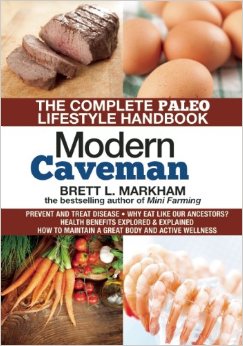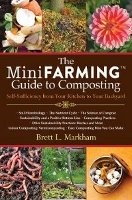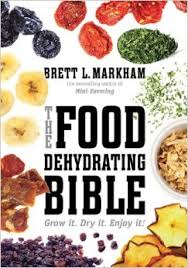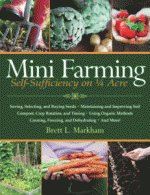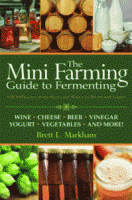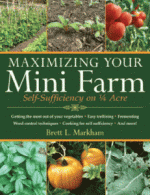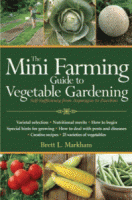In general, millipedes are considered beneficial soil animals that help break down decaying organic matter. Outside of greenhouse environments, they just plain don’t cause crop damage that has warranted consideration. But when I harvested my rutabagas this year, I noticed dark tunnels running through many of them. This was not typical of wireworm damage, which tends to take chunks out of the surface. Rather, this was a black tunnel that went several inches into the rutabaga. After carefully — very carefully — dissecting a rutabaga and following a tunnel slowly with a very sharp knife, I unearthed the unlikely culprit.
This wee beastie was very small, much smaller than the typical millipedes I see in the garden. It was so small I couldn’t see any legs with my naked eye, but some antennae were evident. It’s behavior was also atypical of millipedes which usually curl up into a ball when disturbed. It acted more like a nematode in that it would hold the front half of its body up in the air and seem to be looking around.
So like any curious farmer, I put the beast under my microscope unharmed on special slides intended for observing small living creatures. There, the legs were abundantly evident: two pairs per segment. The head was blunt, and it lacked the poison injectors or jaws of a centipede. (It also moves too slowly for a centipede.) Though I have not yet identified the specific species, it is very clearly and unambiguously a very tiny millipede. As millipedes grow by adding segments, this species is distinct from the millipedes I usually find curled into a little spiral in the garden.
It also has rutabaga radar. When placed on a plastic plate several inches from a freshly cut piece of rutabaga, it first sticks its head up in the air and then heads for the rutabaga. Given about 15 minutes it burrows into the rutabaga and leaves behind a black trail into the flesh of the root.
This is a very interesting development.
In doing research, I have found that in Ontario, not very far North of here, millipedes have been busily damaging sweet potatoes and carrots, especially during times of drought. The three species they have identified are not the species that is damaging my rutabagas though. Incidentally, we have had a drought here all summer.
This is the first I have been aware of millipedes being a pest of root crops outside of greenhouses, but this is very definitely the case and not a fluke. As I find more information, I’ll keep you updated. I found no damage in carrots or parsnips in other beds, but have not yet harvested turnips — a closely related crop — and will be interested to see if I find the same problem there.
Filed under: Pests | Comments Off on Yes, Millipedes can be Pests


